Changing Perspectives on Bossa Nova Albums… This One's a Masterpiece!
As our extensive Bossa Nova feature, exploring classic albums and songs from the perspectives of composers and performers, enters its final stage, we celebrate the 100th edition with a special focus. This time, we introduce historically significant albums by Japanese musicians who have approached Bossa Nova in unique and unconventional ways. A must-read Bossa Nova album special!
Ryuichi Sakamoto and His Unique Connection to Bossa Nova
In this series, we’ve explored how arrangements can transform a song, sometimes revealing entirely new perspectives. A brilliant arrangement can reshape a piece, offering listeners a fresh landscape to discover.
This time, we focus on Ryuichi Sakamoto’s unexpected and eye-opening approach to Bossa Nova.
Known for his pioneering use of synthesizers and electronic instruments in the late 1970s, Sakamoto helped propel YMO onto the global stage. He is also celebrated as a master arranger in J-pop and a remarkable performer.
Sakamoto’s arrangements and keyboard work, such as those for Yoshitaka Minami, were nothing short of masterful, precisely hitting the mark. With YMO, he took an anti-establishment approach to traditional music, earning worldwide acclaim.
In the 1980s, he expanded into film music, not only composing but also acting in Merry Christmas, Mr. Lawrence, further showcasing his versatility. His career was truly multifaceted.
However, despite his illustrious musical journey, I never found a clear connection between Ryuichi Sakamoto and Bossa Nova. That’s because I never sensed any trace of Brazilian music in his sound.
Who Knew Bossa Nova Could Be Approached This Way? A Testament to Sakamoto’s Musical Genius!
Enter Ryuichi Sakamoto’s Bossa Nova album with the Momo Renbaum duo. This unique project features a trio-centered arrangement with Sakamoto on acoustic piano, Jaques Morelenbaum on cello, and Paula Morelenbaum on vocals—an unprecedented combination.
The pairing of piano and cello in a Bossa Nova album is unexpected, and to this day, I am unaware of another album with a similar setup. Yet, when you listen, the result is remarkably fresh. The essence and mood of Bossa Nova remain intact, presented with absolute fidelity. It offered a completely new perspective on the genre.
What I heard from this album was a new kind of Bossa Nova—not something eccentric or experimental, but a sound that felt like it had always existed, yet strangely, I had never encountered before. It carried a mysterious essence of Rio’s atmosphere.
As I delved into its background, the reason behind this became clear.
The Album Was Paula Morelenbaum’s Idea
Ryuichi Sakamoto was introduced to renowned Brazilian musicians through Art Lindsay, a Brazil-born American artist. This eventually led him to Caetano Veloso, who in turn introduced him to Jaques Morelenbaum. Sakamoto and Jaques developed a strong working relationship, even touring Europe together.
It was Jaques’ wife, Paula Morelenbaum, who proposed the album, suggesting, “There are so many hidden gems in Jobim’s work—why don’t we explore them together?”
During a concert in Brazil, Caetano Veloso introduced Ryuichi Sakamoto to Antônio Carlos Jobim’s wife. Invited to the Jobim residence, Sakamoto played Jobim’s own piano—a moment that set the story in motion.
Following Paula Morelenbaum’s proposal, Jobim’s wife agreed to have them record using Jobim’s piano, leading to the creation of the album "CAZA."
The atmosphere I felt while listening to the album made perfect sense—the musicians gathered at Jobim’s home, Sakamoto played the very piano Jobim once played, and the essence of that space was captured entirely within the recording.
■ Recommended Album: Morelenbaum² / Ryuichi Sakamoto – "CASA" (2002)
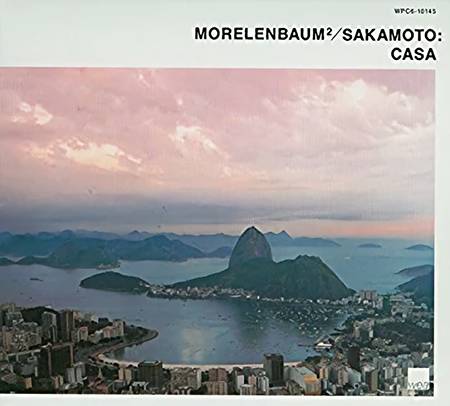
The trio of the Morelenbaums and Ryuichi Sakamoto offers a unique take on Bossa Nova. While the genre is typically associated with acoustic (nylon-string) guitar, this ensemble replaces it with acoustic piano and cello—a highly unconventional approach.
With the Morelenbaums’ experience as part of Jobim’s backing band and Sakamoto’s classically influenced piano playing, the music blends seamlessly with Jobim’s compositions. This album is a true masterpiece, highly acclaimed worldwide.
Recommended Track: "As Praias Desertas"
This track perfectly embodies the album’s concept of uncovering Jobim’s hidden gems. It showcases the profound depth of Antônio Carlos Jobim’s music. Paula Morelenbaum’s vocals are simply outstanding.
Recommended Track: "O Grande Amor"
The track opens with a long acoustic piano introduction, followed by Jaques Morelenbaum’s cello, which then transitions into Paula’s vocals—an unusual yet captivating format.
The cello solo in the middle section, supported by Sakamoto’s delicate piano backing, redefines traditional Bossa Nova arrangements. Rather than filling every space, Sakamoto masterfully enhances and highlights the solo parts.
Recommended Track: "TEMA PARA ANA"
An instrumental piece woven delicately with acoustic piano and cello, "TEMA PARA ANA" has a tapestry-like quality. I personally used this track, along with a few others, as background music in a documentary I produced, as it perfectly captured the emotional landscapes of the subjects. It made me appreciate yet another facet of Jobim’s compositional genius—one I hadn’t fully recognized before.
■ Recommended Album: Morelenbaum² / Ryuichi Sakamoto – "A Day in New York" (2003)

A masterpiece recorded in just one day at a New York studio by Ryuichi Sakamoto, the Morelenbaums, and other musicians. This album serves as the second installment of their Jobim tribute following "CASA."
Unlike its predecessor, "A Day in New York" expands beyond Jobim’s works, featuring songs by João Gilberto and Caetano Veloso. With a larger ensemble, the album leans more toward a traditional Bossa Nova approach.
Recommended Track: "Insensatez (How Insensitive)"
Paula’s vocals are truly impressive, delivering an overwhelming expression of Jobim’s world.
Sakamoto’s acoustic piano approach feels less like a traditional Brazilian interpretation and more influenced by classical composers like Debussy. By skillfully utilizing the spaces between notes, he creates an atmosphere where even the silence seems to sing.
Recommended Track: "Chega de Saudade"
A Jobim classic reimagined through Sakamoto’s unique lens. The mid-section features a stunning unison scat between Paula’s vocals and Jaques’ cello.
Featured Musicians, Albums, and Recommended Tracks
- Artists: Ryuichi Sakamoto, Jaques Morelenbaum, Paula Morelenbaum, and others
- Albums: CASA, A Day in New York
- Recommended Tracks: As Praias Desertas, O Grande Amor, TEMA PARA ANA, Insensatez (How Insensitive), Chega de Saudade
⇨ SOUND HOUSE Piano/Synthesizer Collection
The “sound & person” column is made up of contributions from you.
For details about contributing, click here.











![[2025 Latest Edition] Choosing a Synthesizer/Popular Synthesizers Ranking](/contents/uploads/thumbs/2/2022/9/20220916_2_19446_1.jpg)
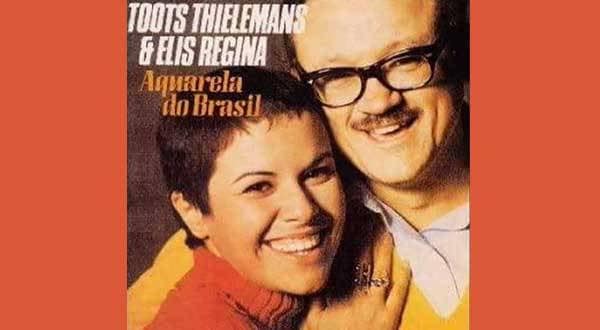
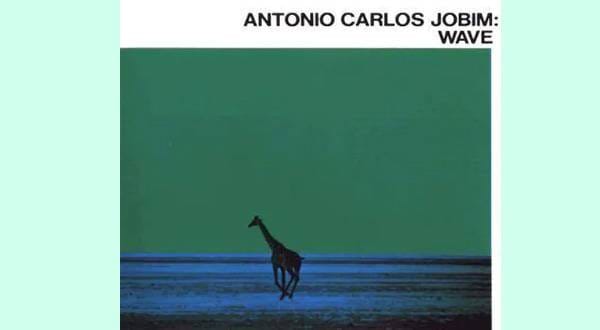
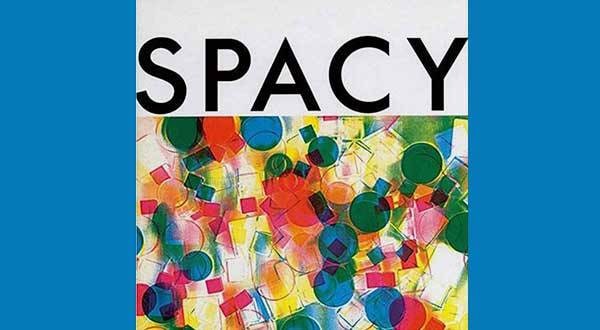
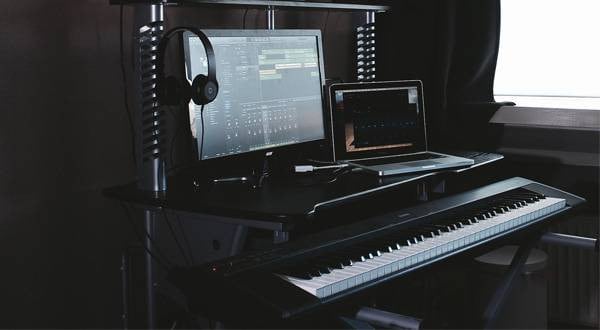
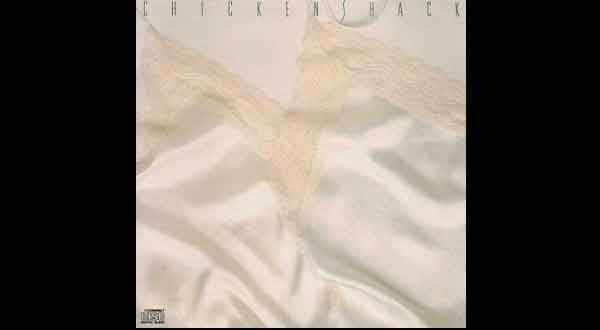
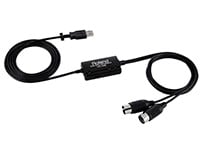 USB接続MIDIインターフェイス
USB接続MIDIインターフェイス
 USB接続対応のMIDIキーボード
USB接続対応のMIDIキーボード
 超オススメのフレーズ道場 キーボード
超オススメのフレーズ道場 キーボード
 キーボードスタートガイド
キーボードスタートガイド
 キーボード・ピアノ講座
キーボード・ピアノ講座
 DTM・DAW購入ガイド
DTM・DAW購入ガイド















